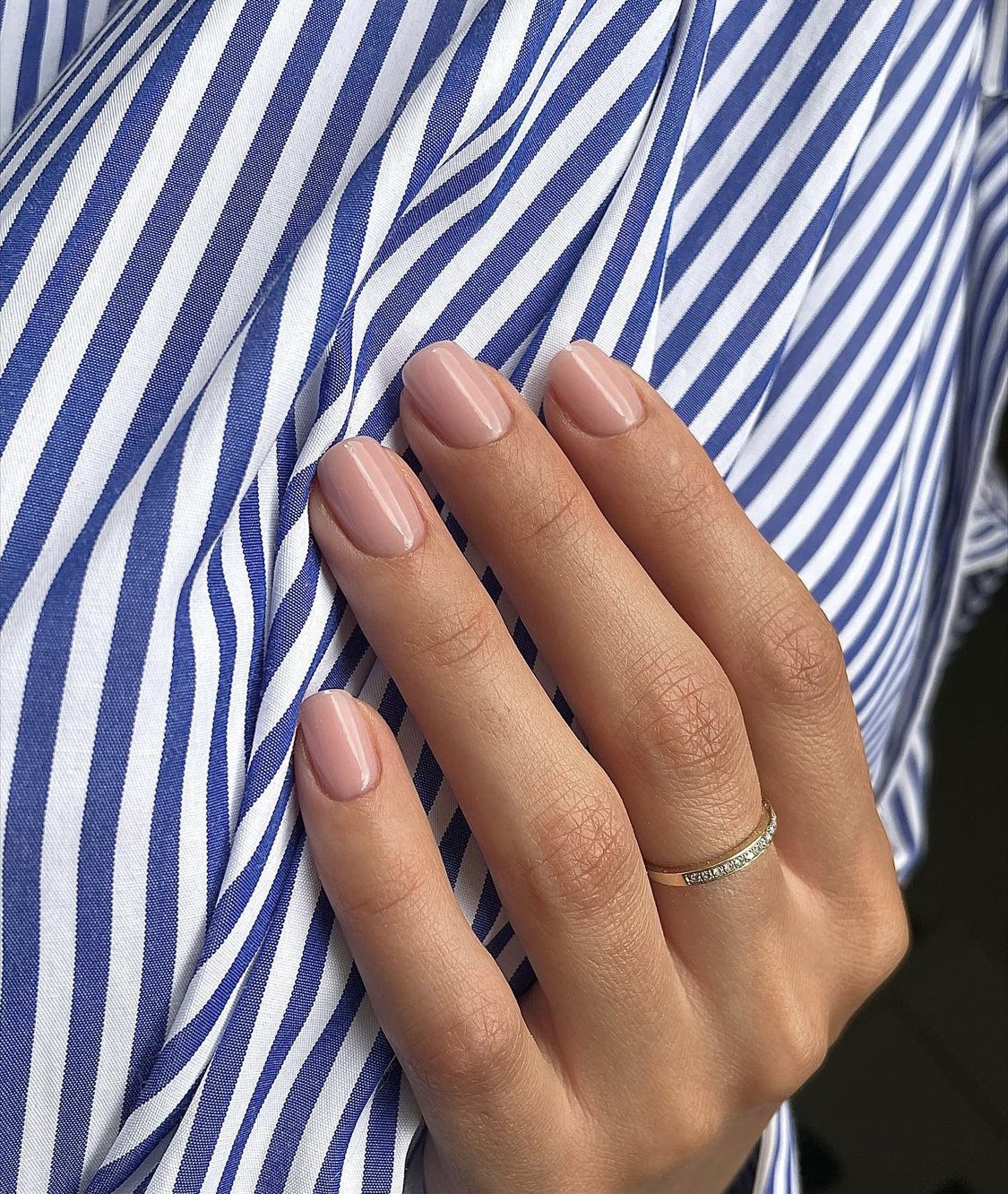Pic credit: Look at my clean nails
Are your nails softening, weakening and peeling as a result of long-term use of synthetic nail treatments? This holiday season might be a timely opportunity to take a break from the habit and put your nails into rehab (literally a dedicated programe of rehabilitation) to stengthen and rebuild natural nail health.
Tracey Winder, Mavala Australia’s National Trainer, answers frequently asked questions:
Why are shellac, gels, acrylics and other synthetic nail treatments so bad for the nail?
Some nail polishes, in particular gel ones, are non porous. They occlude the nail, suffocating it from airflow and resulting in a weaker, softer nail. This weakening of the nail surface has a knock-on effect on the nail bed and root, which sees critical blood and nutrients flow reduced. This impacts nail growth and can result in a poorly formed nail plate.
Fungal infections can develop between acrylic nails and the nail bed.
Shellac and gel nail polishes dry under a UV lamp. Frequent exposure of the fingertips to UV rays can be harmful (like all excessive UV exposure). It’s always important to wear sunscreen protection and ask your salon for a full understanding on the types of lamps they use – the industry is unregulated, so it’s worthwhile doing your homework.
Removing gel nails with acetone or an electric drill creates another myriad of issues from dryness through to peeling and brittleness, not to mention being painful.
How can I stop the cycle of repeated synthetic nail treatments?
Pic credit: SPA + CLINIC
There is definite appeal in having a manicure that lasts for 2-3weeks. We would suggest occasional synthetic manicures if you must but to try and minimise frequent exposure overall. To have synthetics applied on repeat will be extremely damaging to your nail health long term and does not give you an opportunity to assess the damage and for the correct treatment steps to be put in place afterwards. Whilst some are lucky enough to have strong nails that can bear synthetic manicures more frequently, it is important to still let your nails breathe between treatments and assess their health to take remedial action early if needed.
If we are going to get a synthetic manicure, is there anything that can be done to reduce the damage?
The damage control stage really happens after you have had the synthetic manicure removed, as this is when the nail is back in it’s natural state and you can remedy any of the harmful effects with quality treatment products that will heal the nail. Strengthening formulas are critical to repairing nail health, hydrating the nail and promoting quality nail growth. Try the award-winning Mavala Scientifique K+, the original penetrating nail hardener to support nail regeneration.
How can we help the nails recover after back-to-back synthetic nails?
The best way is to give the nails down time, to allow them to rehabilitate naturally. I would suggest using a product to nurture the nails, as well as a specific cuticle focused treatment product like an overnight oil. Mavala have developed a wonder nutritive nail cream called Nailactan that is crammed with essential amino acids, lipids and vitamins. It nourishes the nail, counteracts dryness and helps to restore elasticity to the nail plate, thus strengthening nails. A solution for all of the problems that synthetic nails present!
What role does diet play?
Pic credit: Fiona Tuck
It’s essential to eat a wide array of nutrients to ‘feed’ new, healthy nail growth. That means a diet full of vitamins, minerals, amino acids and healthy fats. Nails will grow stronger and be more resistant to breakage and deterioration.
What about ingestible supplements, should these be integrated alongside a healthy eating plan?
Nutrients work synergistically and are best found via quality, natural food sources. However you can also supplement the diet - look for high quality natural supplements derived from whole foods and without synthetic ingredients or additives. According to leading nutritionist Fiona Tuck, 96% of Australians are not eating enough vegetables to support healthy nail growth. Try a 100% natural mineral supplement like Vita-Sol Prebiotic Wholefood Flexibility Supplement.
Is there a long-lasting alternative to synthetic nails?
Pic credit: Dahlia Nails
There are a range of products available that offer the same finish and effects as synthetic nails but without the drawbacks. For example, Mavala has a Gel Finish Top Coat available that, when applied, creates the same dome-like, volumising effect as gel on the nails with shine and longevity to match (7-10days). It still allows the nail to breathe, dries without a UV lamp and can be removed with an acetone-free remover. By following a precise treatment protocol when doing your nails at home, you should be able to get a week to 10 days of wear and tear with your manicure – that is to treat the nail, prepare for polish correctly and then seal in your polish well with a gel-effect top coat. Another tip is to reapply a fixating top coat every third day to revitalise and refresh your manicure, making your colour last longer.






